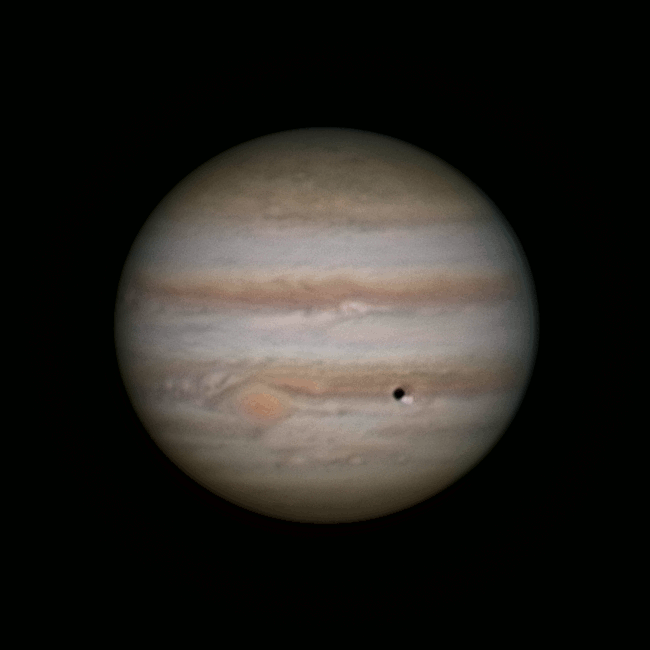Jupiter is always an awesome target.
You'll see the same moons Galileo saw in 1610. They're those "stars" in a line on either side of Jupiter. How many do you see?
Except when it's close to the sun (technically, when the Earth swings around the far side of the sun relative to the slow-moving Jupiter) it's big enough to make out the four Galilean Moons and likely some cloud bands with even a modest consumer telescope. Yes! Even that "junk" telescope you got for Christmas, at a garage sale or from craigslist will show these features on almost any night.
With a decent, but still modest, scope you might be able to pick out the Great Red Spot (although it's a sublte salmon - it doesn't "pop out" the way it once did) and more than just the two most prominent equatorial cloud bands.
Jupiter is dynamic. It fully rotates over the course of 10 hours. That means if you look at Jupiter and then look again an hour later, you'll see change. Across any given five our window on any evening, the Great Red Spot will be staring at you.
The moons will show movement as well.
Mark Collins of San Diego - an "amateur" astrophotographer (something of an misnomer - "amateurs" can image targets and durations that "professionals" simply cannot or do not) - shot Jupiter over a course of two hours. Watch the Great Red Spot rotate into view and the volcanic moon Io move across and off the planet's disc:

At any given glance with binoculars or a small telescope you may see all four Galiliean moons scattered on either side of Jupiter, but sometimes one or more is behind or in front of the bright disc of the planet.
Those big Gallilean moons regularly and predictably transit in front of Jupiter and drag their shadows across Jupiter's disc. Mark's amazing shot above was taken near opposition, which throws the shadow right behind the moons. Normally the shadows precede or trail the moon (because of Earth's varying off-axis angle between the Sun and Jupiter); picking out a whitish moon in front of whitish Jupiter is a little trickier.
SkySafari and other apps will show the moons' positions at any time, transit times are published. Transits are pretty amazing - ingress and egress happen in real time, about as fast as a sunset. You can see movement (that's actually rare in observing outside of sunrise, sunset, moonrise, moonset - it's hard to see celestial movement).